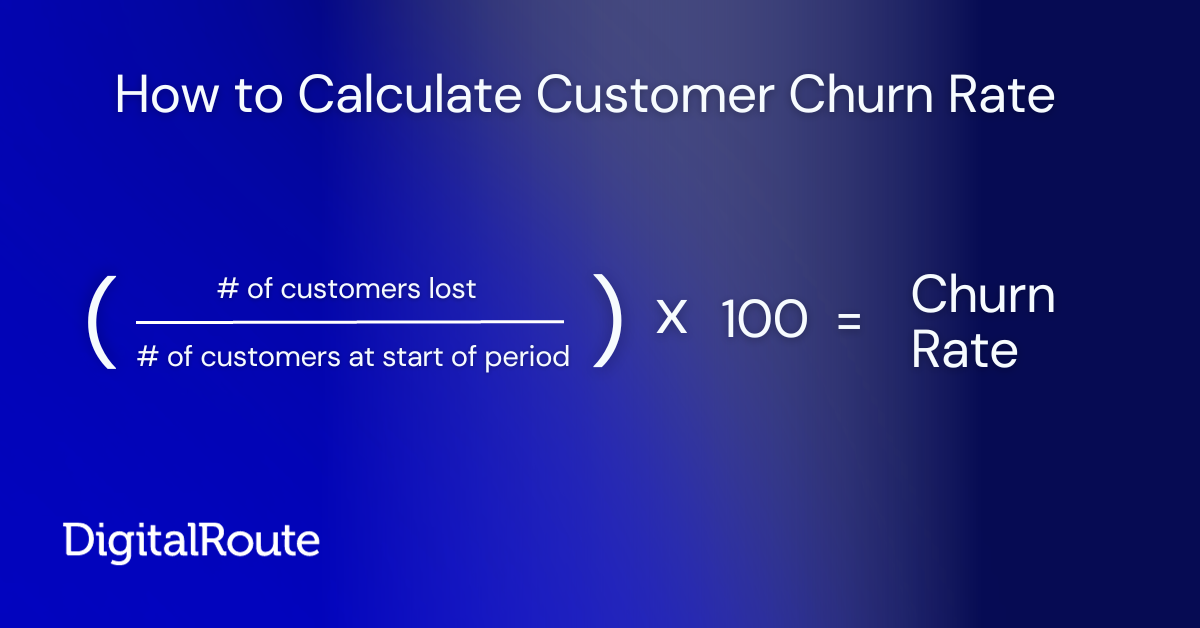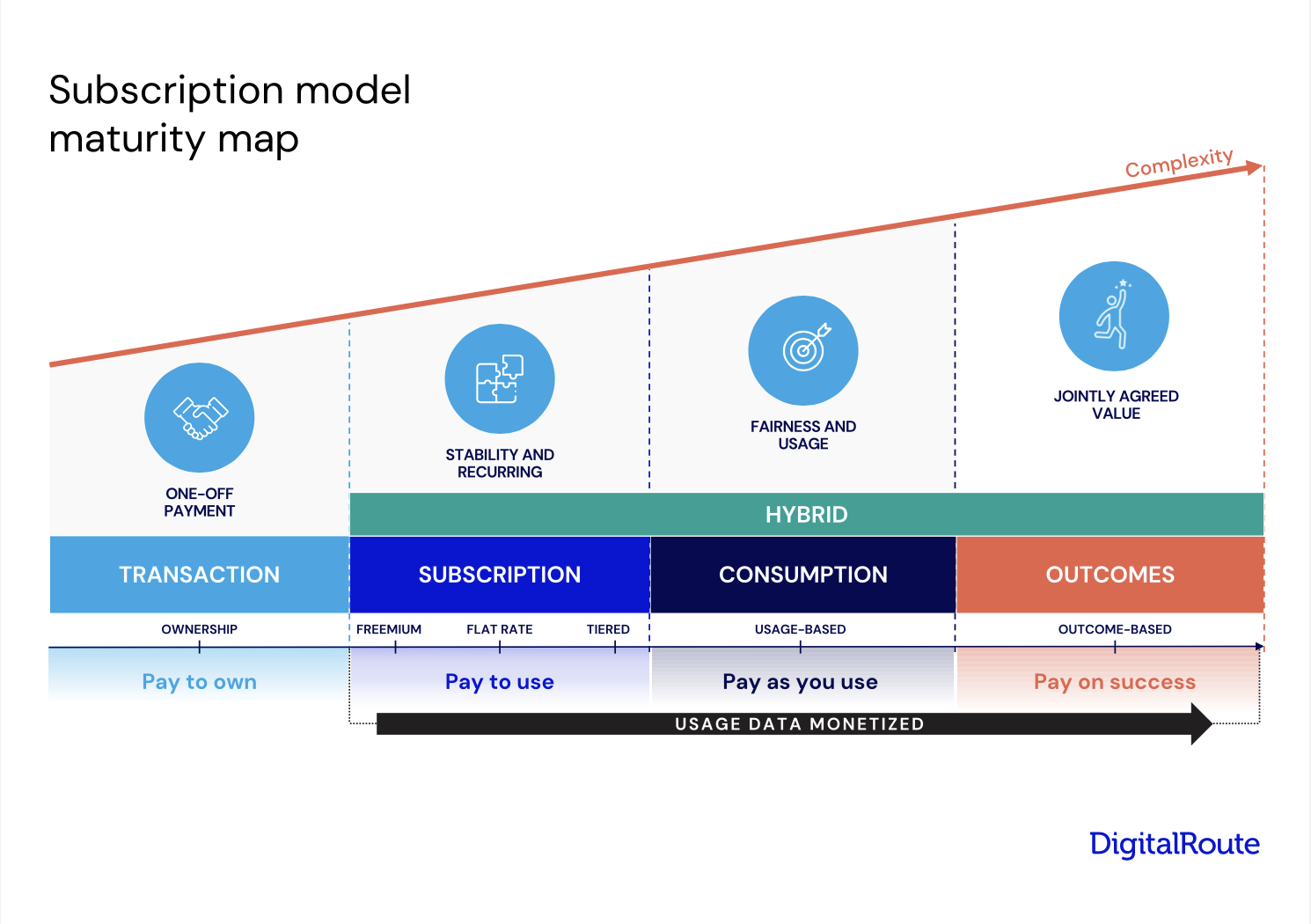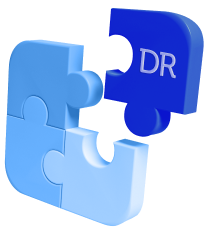SaaS Churn Rate: 4 Proven Strategies to Reduce It
In the fast-paced world of Software as a Service (SaaS), understanding and effectively managing your churn rate is crucial for long-term success. Churn rate refers to the percentage of customers or subscribers who stop using your product or service during a given period. High churn rates can be detrimental to your business, leading to lost revenue and a stagnant customer base. However, by implementing the right strategies, you can reduce churn and foster customer loyalty. In this article, we will delve into what churn rate means in the context of SaaS businesses and explore practical approaches to address this issue.
Thomas Igou
Reading time: 8 minutes
Defining SaaS Churn Rate
Churn rate is a metric that quantifies customer attrition for SaaS companies. Put simply, it represents the rate at which customers discontinue their subscription or cease using your SaaS product. Calculated as a percentage of the total customer base, churn rate provides valuable insights into the health of your business and the effectiveness of your customer retention strategies.
When it comes to SaaS businesses, churn rate is much more than just a number on a spreadsheet. It is a reflection of customer satisfaction, product-market fit, and long-term revenue potential. A high churn rate signals that customers are dissatisfied with your product or service, possibly experiencing issues or finding better alternatives.
An average SaaS company experiences a churn rate of around 5-7% annually. This means that if you have 1,000 customers, you could expect to lose 50-70 of them each year. These numbers can have a significant impact on your business’s bottom line, considering the cost of customer acquisition and the potential for missed growth opportunities.
The Importance of Churn Rate in SaaS Businesses
Understanding the importance of churn rate is crucial for SaaS businesses. It serves as a key performance indicator (KPI) that helps you gauge the health of your customer base and the overall success of your business. By tracking and analyzing churn rate, you can identify patterns, trends, and potential areas for improvement.
High churn rates can be indicative of various issues within your SaaS company. It could mean that your product is not meeting customer expectations or that your customer support needs improvement. Additionally, a high churn rate may suggest that your competitors are offering better solutions or that there are market changes that you need to adapt to.
On the other hand, a low churn rate indicates that your customers are satisfied with your product and are likely to continue their subscription. This can be a positive sign of a strong product-market fit and effective customer retention strategies. It also means that you can focus more on growth and expansion rather than constantly acquiring new customers to replace the ones you lose.
How to Calculate Your SaaS Churn Rate
Calculating your churn rate is straightforward. Simply divide the number of customers you have lost during a specific period by the total number of customers at the beginning of that period. Multiply the result by 100 to obtain the churn rate as a percentage.
For example, if you started the month with 500 customers and lost 25 customers during that month, your monthly churn rate would be (25/500) \* 100 = 5%.
It’s important to differentiate between gross churn rate and net churn rate. Gross churn rate focuses solely on customer cancellations, while net churn rate takes into account additional revenue from expansion or upselling to existing customers. Monitoring both types of churn rate provides a more comprehensive understanding of your customer retention efforts.
By regularly calculating and analyzing your churn rate, you can gain valuable insights into the health of your SaaS business. This data can help you identify areas for improvement, develop effective customer retention strategies, and ultimately drive long-term growth and success.

Identifying Causes of High Churn Rates
To effectively reduce churn, you must first identify the root causes. Two common factors that influence churn are customer satisfaction and pricing models.
Customer Satisfaction and Churn Rate
It’s no secret that satisfied customers are more likely to stay loyal to your SaaS product. Poor user experience, lack of desired features, and unresponsive customer support can drive customers away. Regularly gathering feedback through surveys and monitoring customer support interactions can help you identify pain points and take proactive measures to improve satisfaction.
Statistics show that 67% of customer churn can be avoided if the customer issue was resolved at the first engagement. Investing in a seamless onboarding process and personalized customer support are crucial to keeping churn rates in check.
Furthermore, it is important to note that customer satisfaction is not solely dependent on the product itself. Factors such as clear communication, effective problem-solving, and building strong relationships with customers also contribute to their overall satisfaction. By fostering a positive customer experience throughout their journey, you can significantly reduce churn rates and increase customer retention.
Pricing Models and Their Impact on Churn
Pricing models play a significant role in customer retention. If your SaaS product’s price exceeds the perceived value or if sudden price hikes catch customers off guard, they may look for more cost-effective alternatives. Offering transparent pricing plans, tiered options, and value-added features can help mitigate churn caused by pricing concerns.
When it comes to pricing, it is essential to strike a balance between affordability and profitability. Conducting market research and competitor analysis can provide valuable insights into pricing strategies that align with customer expectations and industry standards. By regularly evaluating and optimizing your pricing models, you can ensure that they remain competitive and appealing to your target audience.
Moreover, offering flexible payment options, such as monthly or annual subscriptions, can cater to different customer preferences and financial capabilities. This flexibility can help reduce churn rates by accommodating customers’ varying needs and budgets.
Looking at the subscription model maturity map below, the more SaaS businesses move towards consumption and outcome, ideally via hybrid models, the more flexibility they offer their customers. And the lower the churn rate.
In conclusion, while customer satisfaction and pricing models are two significant factors that influence churn rates, it is important to consider other aspects of your business as well. By continuously improving customer satisfaction and optimizing pricing strategies, you can create a strong foundation for customer loyalty and long-term success.

Strategies to Reduce Churn Rate
Now that we understand the importance of churn rate and have identified some potential causes, let’s explore strategies to reduce churn and improve customer retention.
Churn rate, also known as customer attrition, is a critical metric for businesses to monitor. It measures the percentage of customers who stop using a product or service over a given period of time. High churn rates can be detrimental to a company’s growth and profitability, as acquiring new customers is often more expensive than retaining existing ones.
Improving Customer Oboarding Process
A smooth onboarding process is crucial to set the stage for a positive customer experience. Provide clear and concise instructions, offer tutorials and demo videos, and assign a dedicated onboarding specialist to guide customers through the initial setup. By helping customers hit the ground running, you reduce the chances of early churn.
Furthermore, it is essential to gather feedback from customers during the onboarding process. This feedback can provide valuable insights into areas that need improvement and help address any pain points early on. By actively listening to customers and making necessary adjustments, you can enhance the onboarding experience and increase customer satisfaction.
Enhancing Customer Service & Support
Responsive customer support can make or break the customer experience. Invest in a knowledgeable support team that can promptly address customer concerns and provide targeted solutions. Consider implementing self-service options such as detailed knowledge bases and community forums to empower customers and reduce their reliance on support teams.
In addition to providing excellent support, it is crucial to proactively engage with customers. Regularly check in with them to ensure their needs are being met and offer assistance when necessary. By demonstrating a genuine interest in their success, you can foster stronger relationships and increase customer loyalty.
Implementing Effective Customer Retention Strategies
A robust customer retention strategy focuses on building strong relationships and continuously delivering value. Engaging customers through personalized email campaigns, educational webinars, and exclusive content can increase customer satisfaction and decrease churn rates over time. Offer loyalty rewards and incentives to promote long-term commitment and make your product indispensable.
Furthermore, leveraging data analytics can provide valuable insights into customer behavior and preferences. By understanding their needs and anticipating their future requirements, you can proactively address any potential issues and offer tailored solutions. This proactive approach not only reduces churn but also positions your company as a trusted advisor in the eyes of your customers.
Tracking Service Consumption
The more you track how customers use your product, the more you will be able to prevent churn. Leveraging insights from granular usage data can give you indicators on poor user experience and lack of feature adoptions so you can take pre-emtpive actions.
Your product team will be able to use that insight and create more stickiness in your recurring SaaS product to further reduce churn.
In conclusion, reducing churn rate requires a comprehensive approach that encompasses various aspects of the customer journey. By focusing on improving the onboarding process, enhancing customer support and service, implementing effective customer retention strategies, and tracking service consumption, businesses can increase customer satisfaction, loyalty, and ultimately, their bottom line.
Monitoring and Evaluating Your Churn Rate
Regularly monitoring and evaluating your churn rate is vital to gauge the effectiveness of your retention efforts. By using dedicated tools and business intelligence platforms, you can track churn rate trends, identify customer segments with higher attrition rates, and intervene before they reach a tipping point.
Tools for Tracking Churn Rate
Various analytics platforms offer churn rate tracking functionality. These tools allow you to gather real-time data and generate insightful reports to assist in monitoring long-term trends and identifying potential areas for improvement. Some popular choices include Mixpanel, Kissmetrics, and Google Analytics.
Interpreting Churn Rate Data
It is essential to analyze the data collected from churn rate tracking tools effectively. Look for patterns or trends that may indicate underlying issues. For example, if you notice a sudden spike in churn rate among customers in a specific industry or geographical location, it could indicate a need for targeted improvements or tailored offerings for that segment.
By effectively interpreting churn rate data, you can make data-driven decisions to enhance your SaaS product and fine-tune your customer retention strategies.
The Long Term Impact of Reducing Churn Rate
Reducing churn rate goes beyond immediate benefits. It has a lasting impact on your business’s revenue, profitability, and customer relationships.
Increased Revenue and Profitability
By reducing customer churn, you retain a larger customer base and build a predictable revenue stream. Lower customer acquisition costs and higher customer lifetime value contribute to long-term profitability. According to a recent study by a well-known SaaS consulting firm, a 5% reduction in churn rate can increase your company’s profitability by up to 95% over five years.
Improved Customer Loyalty and Advocacy
Reducing churn cultivates a customer-centric culture and fosters loyalty. Satisfied customers are more likely to refer your product to others, contributing to organic growth. Positive word-of-mouth recommendations can drive new customer acquisition and reinforce your brand’s reputation in the market.
Research conducted by a renowned B2B software review platform discovered that 92% of customers are more likely to trust recommendations from their peers over other forms of advertising.
Understanding and actively managing your SaaS churn rate is a critical component of achieving sustainable growth and success. By recognizing the importance of customer satisfaction, addressing pricing concerns, and implementing effective retention strategies, you can reduce churn rates, improve customer loyalty, and drive long-term profitability. So, prioritize your churn rate, monitor it regularly, and take concrete steps to keep your customers happy and engaged.
Challenges of Billing Optimization in a Usage-Based Model
Enterprises with usage or consumption-based business models face significant challenges when it...
Discover Usage Engine Private Edition 4: Agility in the Cloud
DigitalRoute software has been deployed by hundreds of companies across industries over the last...
Solving Billing Challenges from Start to Finish
In this blog post, we touch on the... err... touchpoints of billing and monetization, revealing...






